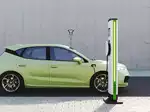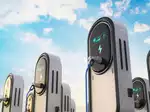HMSI EV Game Plan: 2 models, 1 lakh production target, phased expansion and more
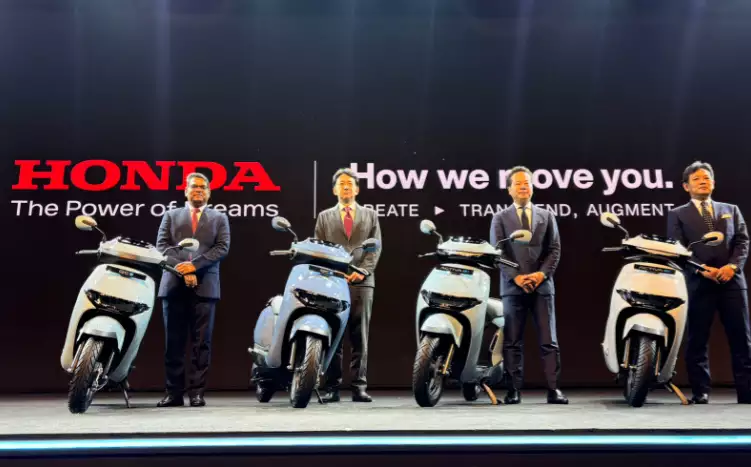
Built on a new scalable platform, both the models will be produced at the two wheeler maker’s Narasapura plant in Karnataka with an annual production target of 1 lakh units for the first year.
The Japanese automaker will announce the price of the two models and open their bookings in January 2025. Deliveries are set to commence from February onwards.
Currently, electric two-wheeler penetration in India stands at approximately 6%. In the period from January to October 2024, the segment recorded over 9.54 lakh units sold, reflecting a year-on-year growth of over 30%, compared to 6.92 lakh units in the same period of 2023. Ola Electric, a new-age EV manufacturer, currently leads the market, while established players like TVS Motor and Bajaj Auto are intensifying the competition.
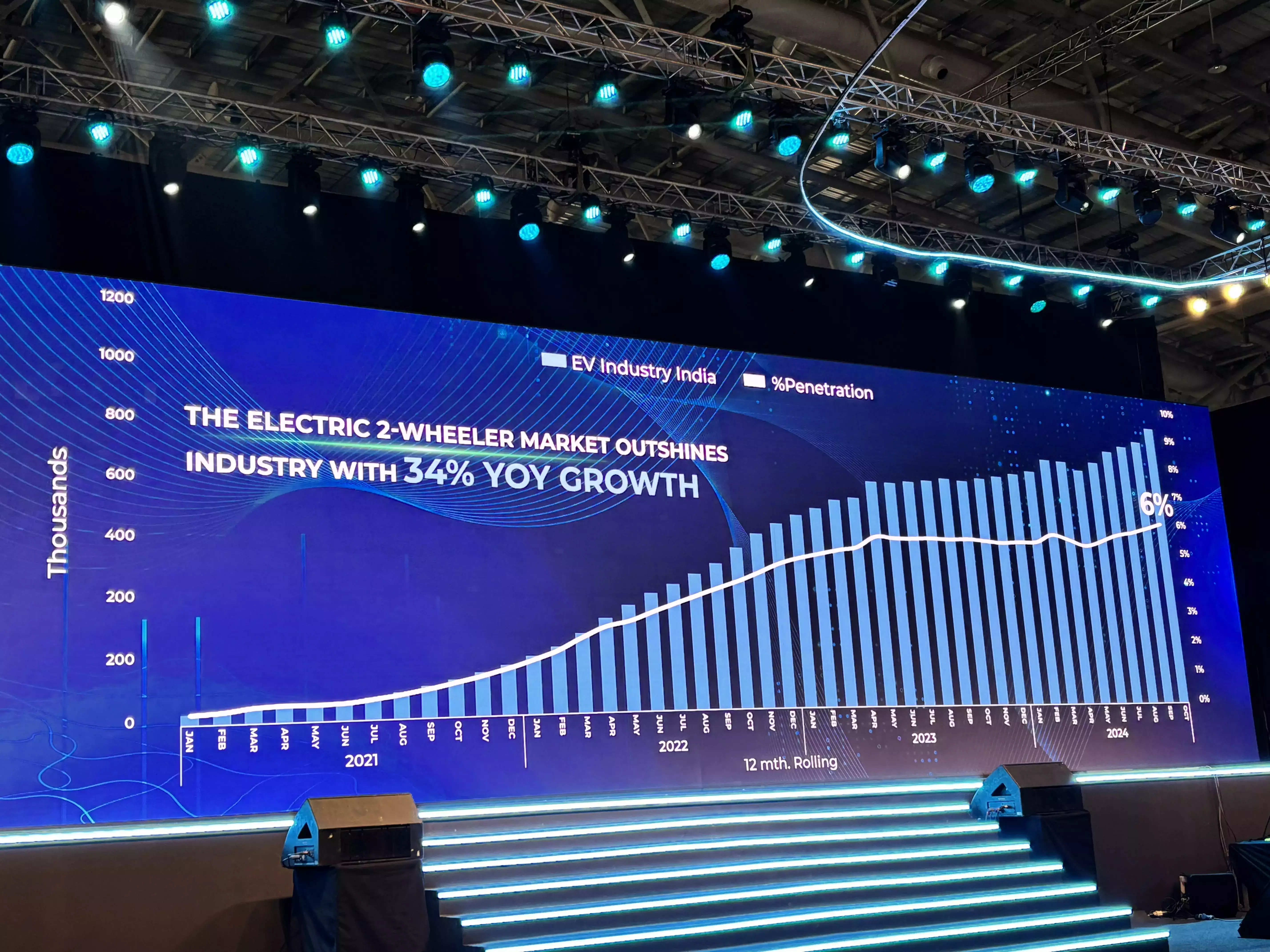
Tsutsumu Otani, Managing Director, President & CEO, Honda Motorcycle & Scooter India, said, “With our EV roadmap now in the execution phase, HMSI is committed to build one of India’s best EV ecosystems.” The company's new scooters will compete with the likes of Ola S1, TVS iQube, Bajaj Chetak, Ather Rizta, amongst others.
In September, ETAuto reported HMSI's confirmed EV entry for FY25. The automaker had stated that its product pricing strategy will be competitive, without depending on government subsidies.
Activa e and QC1
Honda, which currently sells electric two-wheelers in small volumes in markets like China, Indonesia, and Japan, plans to introduce more models on the newly introduced platform in the future. The company envisions India emerging at a "top spot" for its electric vehicle portfolio.
Otani sees the new Activa e as the company's "new challenge". With this EV, the automaker said it is targeting urban users and car owners who may need a two wheeler for shorter distances. The model is powered by two swappable 1.5kWh Honda Mobile Power Pack e batteries, developed and maintained by Honda Power Pack Energy India. The scooter will not come with the batteries as the automaker will provide BaaS (battery-as-a-service) where users will be required to pay for the subscription service.
It gives a claimed range of 102 km on a full charge and comes with three riding modes, namely Econ, Standard, and Sport. It will be offered in two variants. However, the Activa e scooter does not come with a home charging option and the users will be required to visit the swap stations at all times. It also provides a very limited boot space.
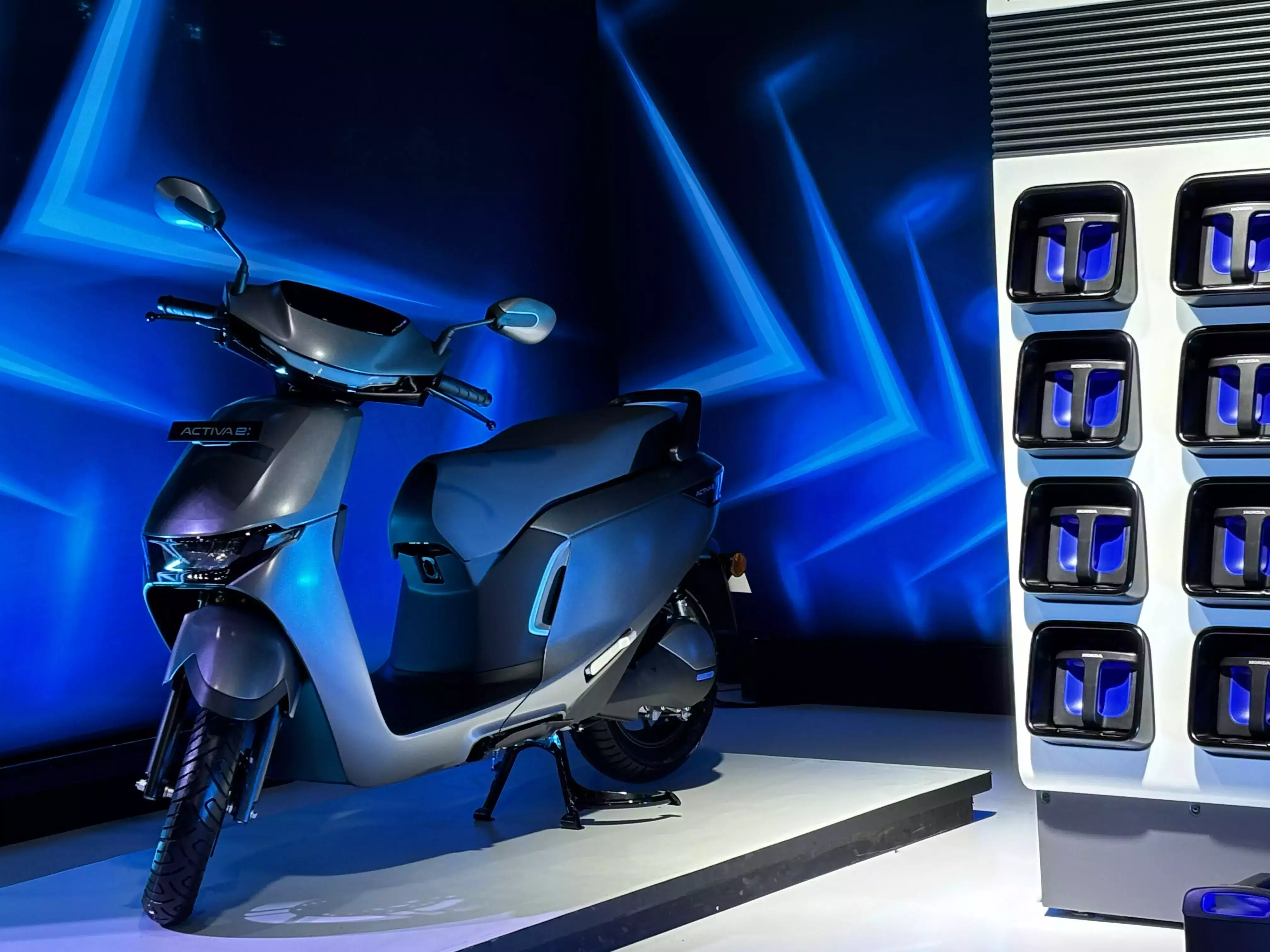
“Activa is our flagship model. We still have our dominant market share in the scooter category with Activa. So it was an obvious choice to keep the same brand name and its legacy and make it more modern,” Yogesh Mathur, Director, Sales and Marketing, HMSI said.
Meanwhile, he is quite confident that the new EV will not cannibalise the sales volumes of existing ICE models as they are looking at “customers who want something new”.
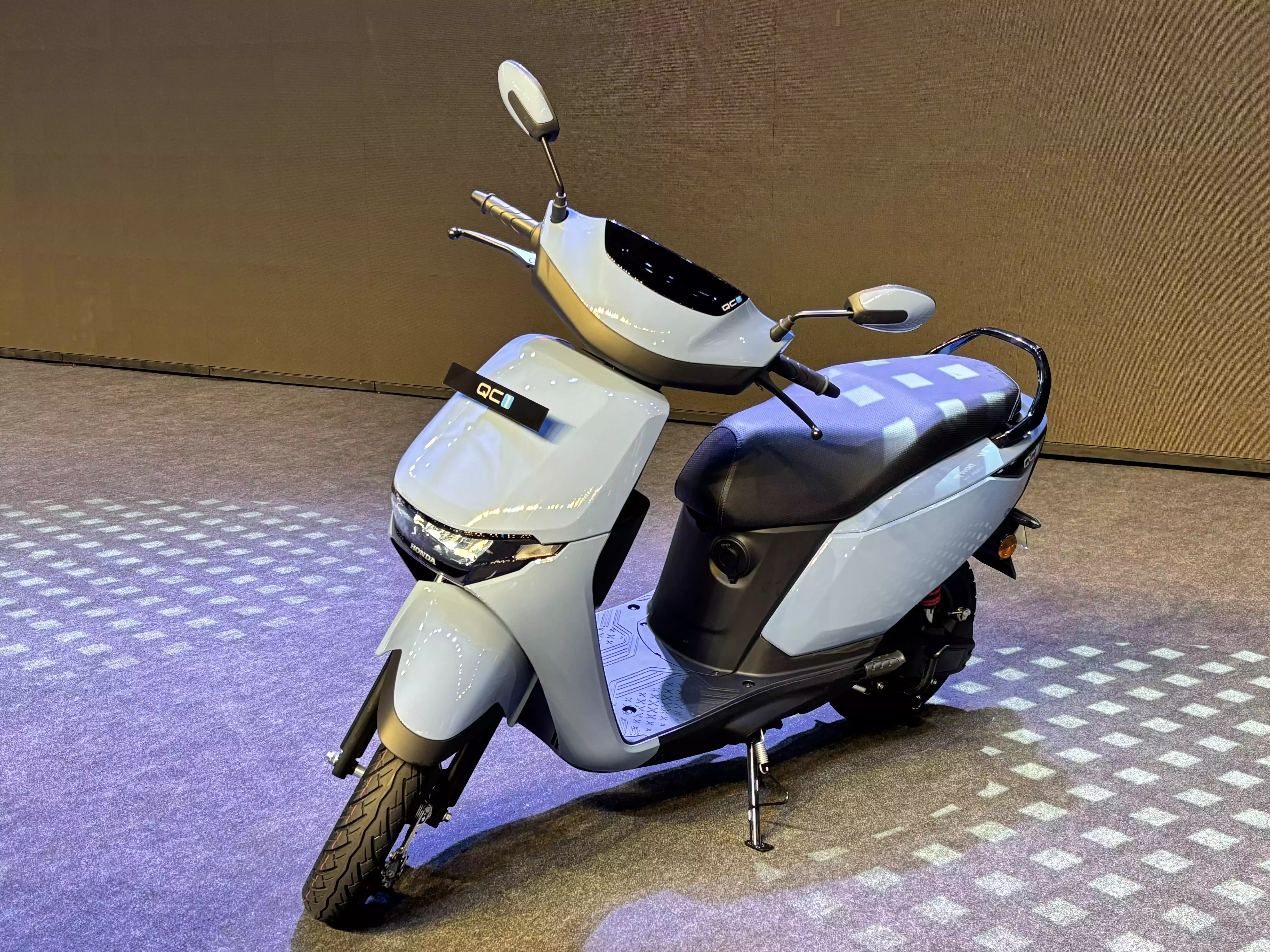
The scooter with a fixed battery pack, Honda QC1, will get a single and fixed 1.5 kWh battery pack providing a range of 80 km. It can be charged from 0 to 80% in 4 hours and 30 minutes.
The QC1 gets an in-wheel electric motor with a peak power rating of 1.8 kW and maximum torque of 77 Nm. It gets two riding modes of Standard & Econ. The scooter comes with an underseat storage capacity of 26L.
Both the scooters will come with a three year/50,000 km warranty, along with three free of cost services for the first year.
Phased expansion strategy
Honda’s electric scooters will not be available pan India at the time of its launch in January. Activa e will be introduced starting from Bengaluru, followed by Delhi and Mumbai. This will be guided by the availability of swapping stations.
The maker of Activa scooters has collaborated with OMC Power to support battery swapping in these three major cities. It currently has about 83 swapping stations in Bengaluru. By March 2025, the target is to build 150 stations in the three cities and expand this to 250 stations by March 2026. These swapping stations will also be accessible to vehicles from other OEMs.
Honda already sells scooters with swappable battery technology in Japan and Indonesia.
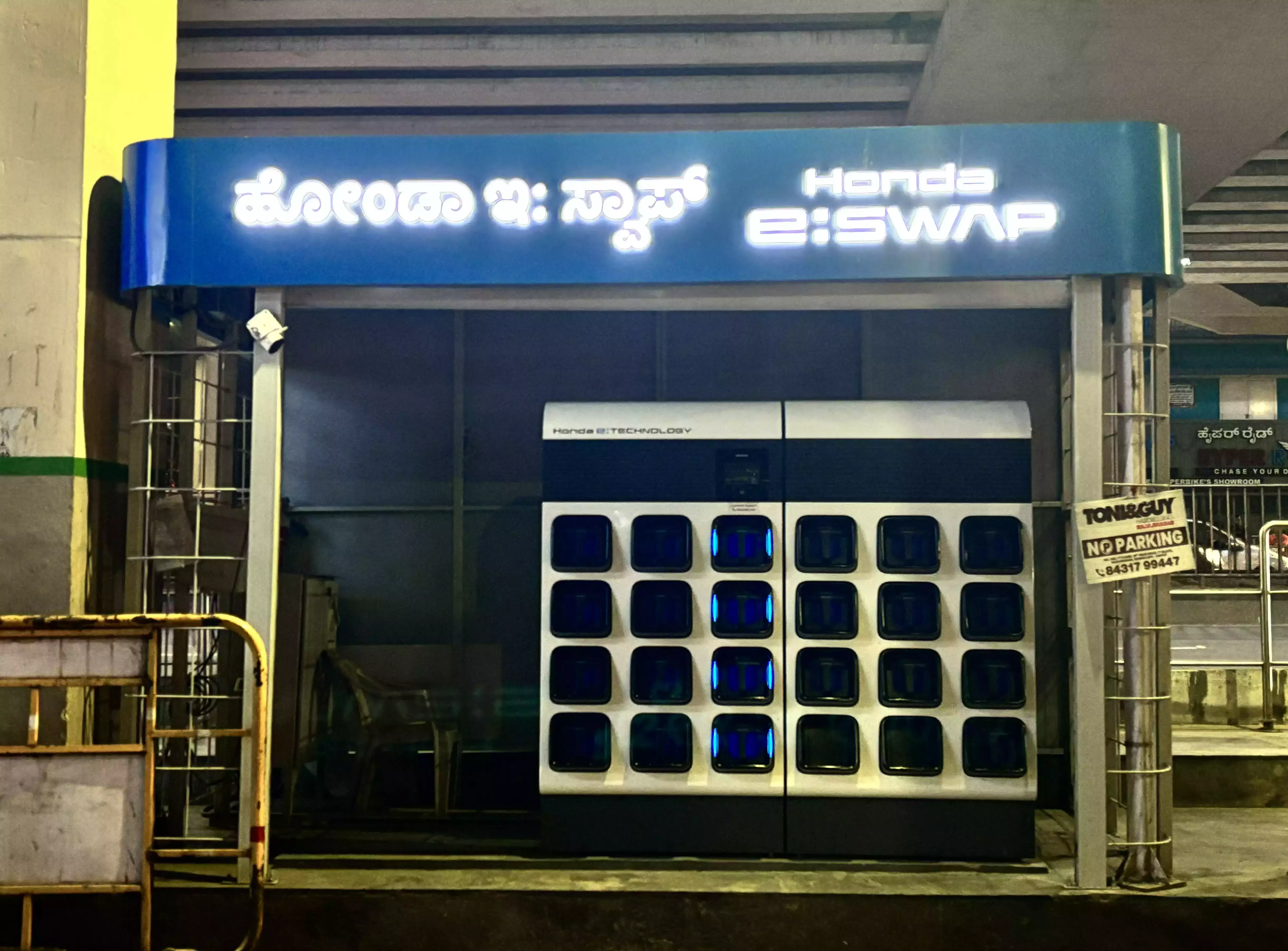
With the QC1, the automaker aims to cover 50% of the domestic electric two-wheeler market during the first year of launch.
Leverage existing networks
Currently, HMSI has about 6,000 touchpoints across the country. It will sell its EV models from the existing Red Wing dealerships which will provide sales, service along with a “dedicated corner” for EVs.
“The main dealers – about 1,000 plus, will be initially upgraded to take care of electric vehicles sales and service,” Mathur said.
Meanwhile, Honda will introduce ‘concept stores’ in select cities to enhance the customer experience. These stores will not provide sales and service for the products.
Late to the EV party
Mathur acknowledged that the company may be late in entering the EV market, but emphasised that with only 6% penetration, it is still in its nascent stages, making it a sensible time to invest in it now.
He added, "Now that we are entering the market, it won't be with just one model; we are bringing a complete EV ecosystem."
The company is leveraging its strong brand value and customer "trust" to gain a foothold in the EV market. "EV customers have a lot of pain point and are not really happy with the available products in the market. Our primary focus is to ensure that they can rely on our brand and products for a better experience.”
Not for exports
HMSI will not export any of the two EVs showcased for the Indian markets because the "scooters are required to be adapted as per customer needs in each country".
“Customers in every region have a different built physically. For instance, an ASEAN customer and an Indian customer are different. One is narrower and smaller, so they prefer a more compact design. Another could be bigger in size and need a more comfortable vehicle design,” Otani said.
Global models for India?
Globally, Honda has positioned 2024 as the inaugural year for the expansion of its electric two wheelers. It defines the period up to 2026 as the market entry phase, with 2026 to 2030 being the business expansion phase, and post-2030 as the full-scale business growth phase.
For global electric two wheeler sales, Honda aims to increase its target from 3.5 million units announced in 2023 to 4 million units by 2030. To achieve this, the automaker plans to launch about 30 electric models in global markets by 2030, including those already announced.
When asked how many of these models have the potential of entering the Indian market, Mathur said, “Some of them will come to India, but they will be tweaked according to Indian consumers.”
No plan for E-motorcycles
In India, none of the legacy two wheeler makers have ventured into electric motorcycles. Some of the startup players in this domain include Ultraviolette, Revolt, Oben, Odysse, Joy, amongst others.
Otani said it is “impossible” to bring an electric motorcycle in the commuter segment owing to the varied use cases in the Indian market. He is also unsure about electrifying the premium motorcycle segment, as it is not something feasible and economical for the customers.
To learn more about the electric vehicle ecosystem and meet the key industry leaders, click here.
